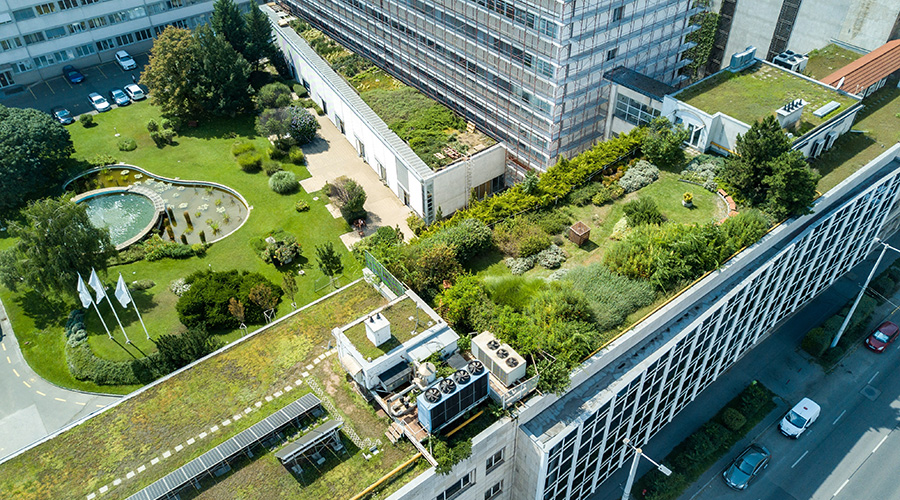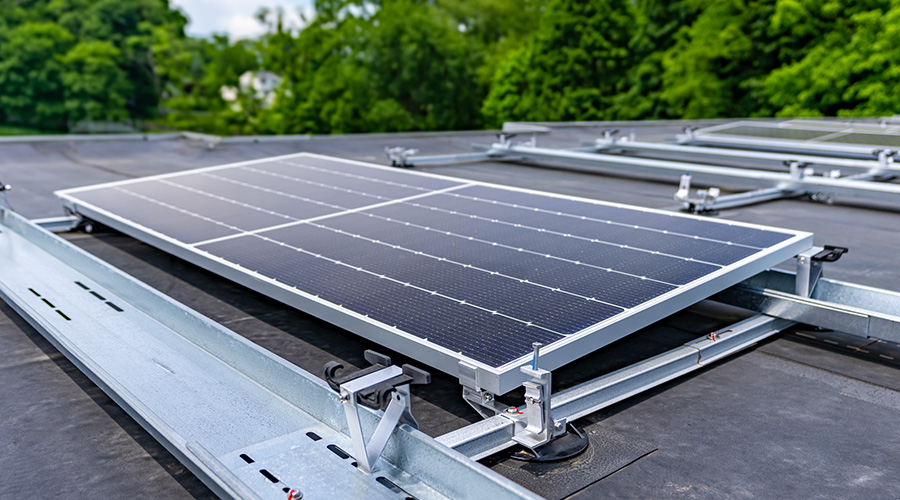Roof Coating Type Depends on Roof Substrate
Institutional and commercial facilities for many years have used roof coatings for surfacing and restoring roofing systems. The performance of many coatings used today has improved, compared to the first coatings installed 30 years ago. This improvement is especially true when it comes to adhesion to a variety of roofing substrates, as well as long-term performance.
Specified and applied properly, coatings can extend roof life, lower cooling costs, and minimize the need for frequent repairs. These bottom-line benefits make roof coatings attractive products for managers seeking to deliver benefits to their organizations.
Coating Types
With the introduction of roof membranes such as ethylene propylene diene monomer (EPDM), polyvinyl chloride (PVC), thermal polyolefin (TPO), Hypalon, modified bitumen, and built-up roofing, manufacturers have developed a variety of roof coatings to address multiple substrates with different adhesion and weathering characteristics.
Managers can specify asphaltic and tar-based coatings for use with coal-tar-pitch built-up roof systems. Non-asphaltic coatings, including urethanes, acrylics, and polyureas, are most commonly used on single-ply systems.
Each of these coatings has different cost and performance factors. Due to variations in coating formulations, a manager should work closely with a roof consultant and the manufacturer to make sure they specify the right coating for the roof substrate and that workers perform the correct repairs before applying the coating. Manufacturer representatives and product data sheets also can assist in specifying coatings.
Related Topics:














